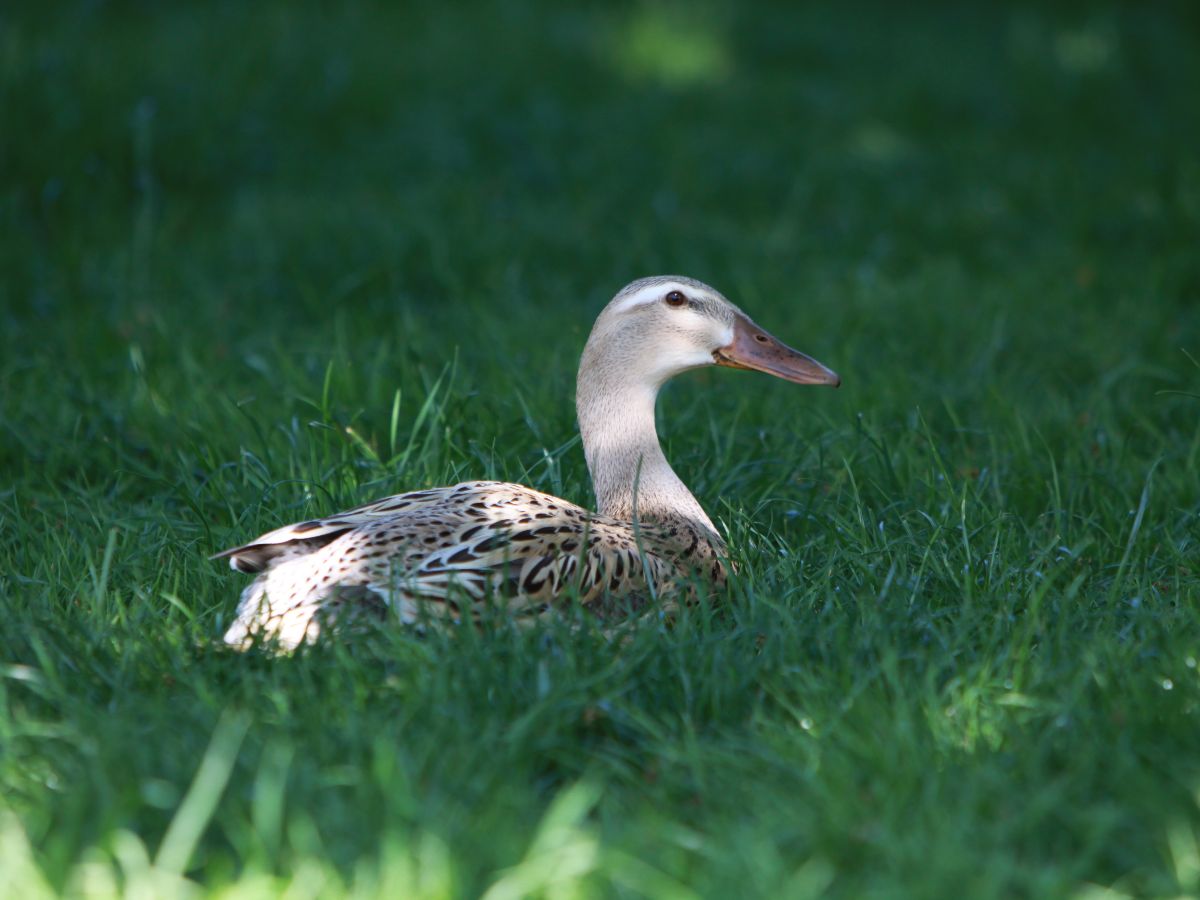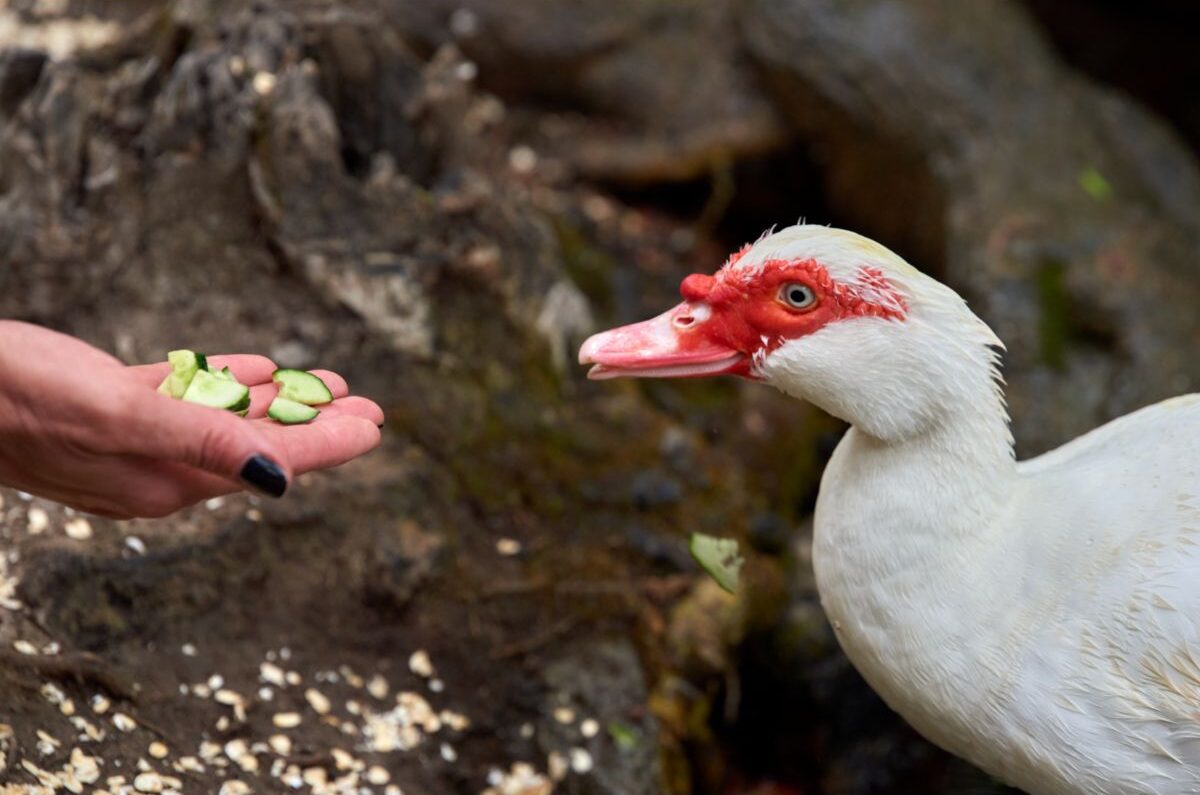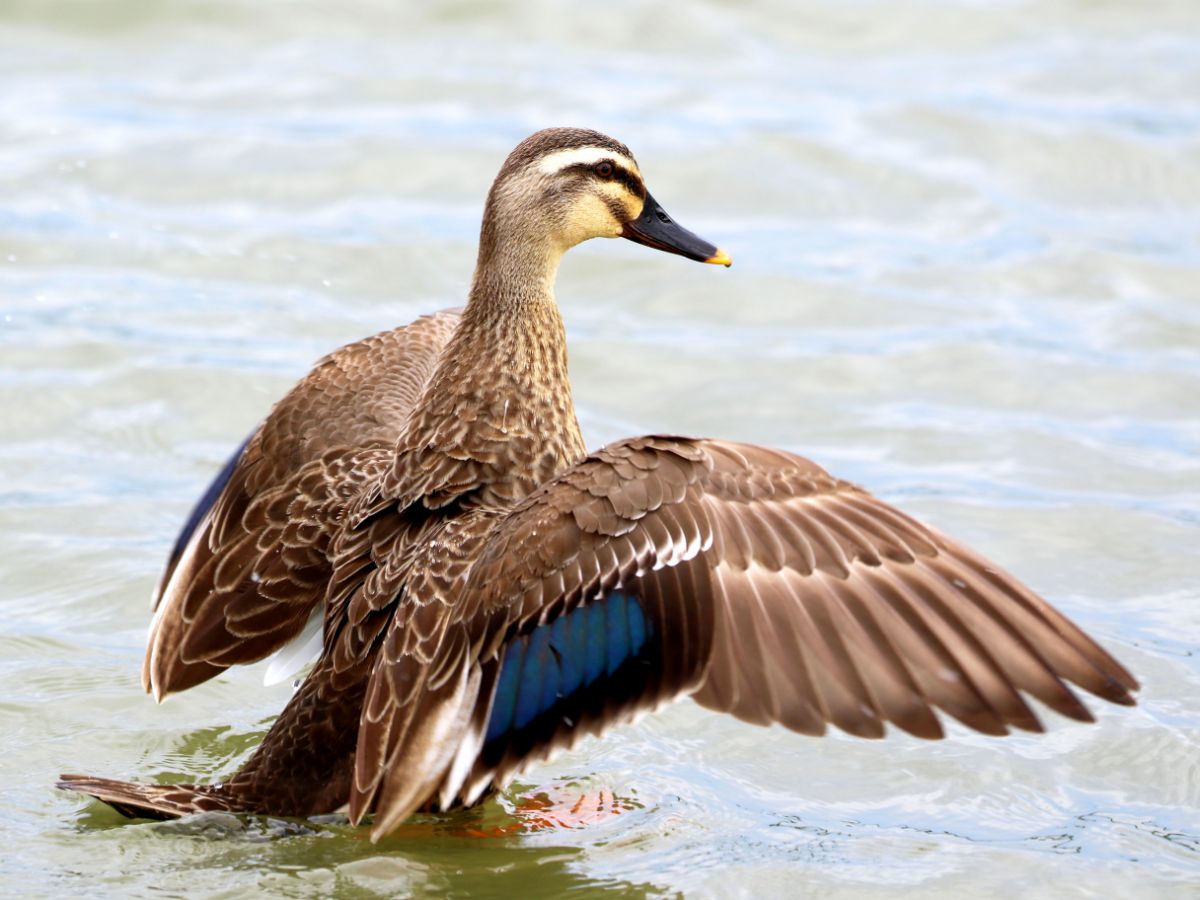Backyard poultry is a growing trend around the world. More and more people are discovering the benefits of keeping a small backyard flock of chickens or ducks. You do not need a large property and a pond to keep ducks! Keeping a flock of ducks is as easy as keeping chickens.
Many breeds of duck are suitable for keeping in the backyard. The best backyard duck breeds for beginners are the following:
- Indian Runner Ducks
- Pekin Ducks
- Saxony Ducks
- Swedish Ducks
- Khaki Campbell Ducks
- Ancona Ducks
- Silver Appleyard Ducks
When deciding on the breed of duck you want to keep, you must consider their intended purpose. Some duck breeds are used only for their meat, while others are raised solely for their eggs. There are also a few dual-purpose duck breeds. In this article, the most popular backyard duck breeds are discussed.
Contents
1. Indian Runner Ducks
Appearance: many different Colors – brown, black, gray, white, silver and spotted.
Weight: 3 to 5.5 pounds
Eggs per year: 150 to 200 eggs
Egg color: white or light green eggs
Temperament: lively, friendly and good-natured
Indian Runner ducks are easily recognizable by their upright posture. These tall ducks are relatively small, only reaching about 3 to 5.5 pounds. They come in a range of colors – chocolate brown, buff, fawn, black, gray, and white.
The main reason that Indian Runners are popular amongst backyard poultry owners is their sweet disposition. These friendly little ducks make wonderful pets and are easy to manage for beginners.
Indian Runner ducks lay between 150 and 200 white or light green eggs annually. An added benefit of keeping Indian Runner ducks in the backyard is pest control. They love to forage and will devour all the slugs, snails, and insects they can find.

2. Pekin Ducks
Appearance: white plumage, yellow feet and beaks
Weight: 8 to 11 pounds
Eggs per year: 150 to 200 eggs
Egg color: white eggs
Temperament: sociable, playful and affectionate
Pekin ducks are large, white birds with yellow feet and bills. Weighing in at a whopping 8 to 11 pounds, these heavy ducks are virtually flightless. They spend their days happily foraging around on the ground.
Pekin ducks are known for their intelligence and friendliness. Pekins make wonderful pets. Backyard duck owners love being entertained by their playful antics.
Not only do they provide lots of entertainment, but Pekin ducks are also great egg-layers. They lay between 150 and 200 big white eggs a year and keep producing through the winter months.
Pekins are considered a dual-purpose breed, but they are commercially raised for their meat. Their large size and tasty meat make them a favorite amongst homesteaders.

3. Saxony Ducks
Appearance: Ducks – yellow to orange plumage
Drakes – blue-gray head and wings, white neck ring, reddish-brown breast
Weight: 7 to 8 pounds
Eggs per year: around 200 eggs
Egg color: white eggs
Temperament: active and social
Saxony ducks are gorgeous to look at. The females are a peachy fawn color with a bright yellow bill, orange feet, and a white stripe above their eyes.
Male Saxonies have blue-gray heads and wings, a white ring around their necks, oatmeal underparts, and a dark brown chest.
Saxonies are almost as large as Pekins, reaching around 7 to 8 pounds. They have a limited ability to fly, making them suitable for keeping in the backyard.
Bred as a dual-purpose duck, Saxonies lay about 200 eggs per year. They are a rarer breed than Runners and Pekins and are generally only available to buy from private breeders.

4. Swedish Blue Ducks
Appearance: grey, bluish feathers white chests
Weight: 5 to 6,5 pounds
Eggs per year: 120 to 180 eggs
Egg color: white, sometimes light green or grey
Temperament: friendly, gently and shy when meeting strangers
Swedish ducks are another very attractive breed. The breed originates from northern Europe and Scandinavia. Swedish ducks were first introduced in the United States in the late 1800s and quickly became popular show birds.
Swedish ducks have blue-gray, black, or silver bodies with a contrasting white bib. Their bills are slate gray, and their legs and feet are brown with dark gray markings. They are considered a medium-sized breed because they grow to around 5 to 6.5 pounds.
Swedish ducks are a dual-purpose breed. Females lay between 120 and 180 eggs annually. Eggs are mostly white, but here and there, you may get a green, blue, or gray egg! They mature relatively slowly but produce deliciously flavored meat.
Backyard poultry enthusiasts love Swedish ducks for their good looks and calm, sweet personalities. They are good at foraging and are very hardy, especially in cold climates.

5. Khaki Campbell Ducks
Appearance: light brown feathers, Drakes have a greenish heads
Weight: 3.5 to 5.5 pounds
Eggs per year: 250 to 340 eggs
Egg color: white
Temperament: calm and tame
If loads of duck eggs are what you are after, look no further than the Khaki Campbell. These ducks are unmatched in their egg production. Females lay 250 to 340 eggs a year!
Khaki Campbell ducks are light brown in color, and males have greenish heads. Males have orange feet, and females have brown feet.
They are a medium-sized breed, reaching 3.5 to 5.5 pounds when fully grown. This limits their ability to fly.
Khaki Campbells’ quiet and docile disposition makes them great family pets. They are among the most popular backyard duck breeds because of their excellent egg-laying abilities and deliciously tender meat.

6. Ancona Ducks
Appearance: white with black, blue, or silver patches
Weight: 5 to 6 pounds
Eggs per year: 210 to 280 eggs
Egg color: white, cream, green or blue
Temperament: active and relaxed
Ancona ducks are a small, spotty breed. They are white with patches of color – black, blue, silver, lavender, or chocolate brown. Their legs, feet, and bill are also spotted.
Anconas are raised for their meat and for eggs. They grow to around 5 to 6 pounds, and their meat is very tasty. They have very good laying abilities. Females produce between 210 and 280 eggs annually. Eggs can be white, cream, green or blue.
Ancona ducks are a rare breed. In 2015 they were listed as critically endangered by the American Livestock Breeds Conservancy. Backyard poultry enthusiasts love keeping Anconas because it conserves the breed.

7. Silver Appleyard Ducks
Appearance: Ducks – creamy white feathers with brown, silver, gray, and black markings
Drakes – greenish-black heads and necks
Weight: 8 to 10 pounds
Eggs per year: 220 to 260 eggs
Egg color: white
Temperament: calm and tame
Silver Appleyards are a heritage breed that originated in Britain. They are a large breed, growing to between 8 and 10 pounds.
These beautiful ducks have creamy white underbodies with brown, silver, gray, and black markings. They have a distinctive blue stripe across their wings. Males have greenish-black heads and necks.
Silver Appleyards are a dual-purpose breed, making them great backyard ducks. Females lay around 220 to 260 eggs a year, and they keep laying through the winter. They produce delicious, lean meat.
One drawback to Silver Appleyards is that they can fly far better than the aforementioned breeds. To keep them in your backyard, you must clip their wings.

Conclusion
You are spoiled for choice when it comes to backyard duck breeds. Dual-purpose breeds are best for small backyard flocks because you can enjoy fresh eggs as well as delicious duck meat. The seven breeds discussed in this article are all calm, docile, and easy to manage – perfect for beginner backyard duck owners!
If you wonder if and how chickens and ducks can live together, you can read this article.




